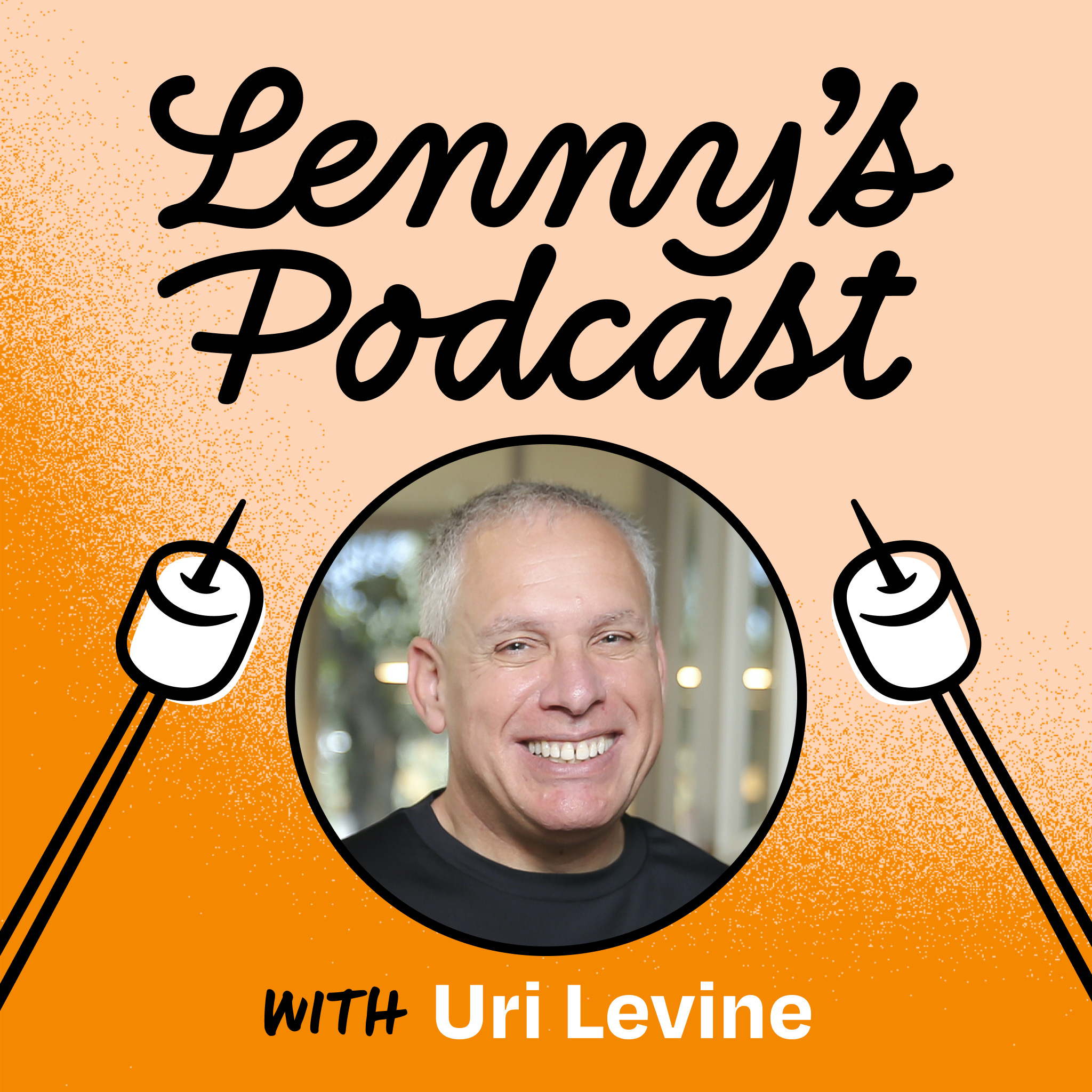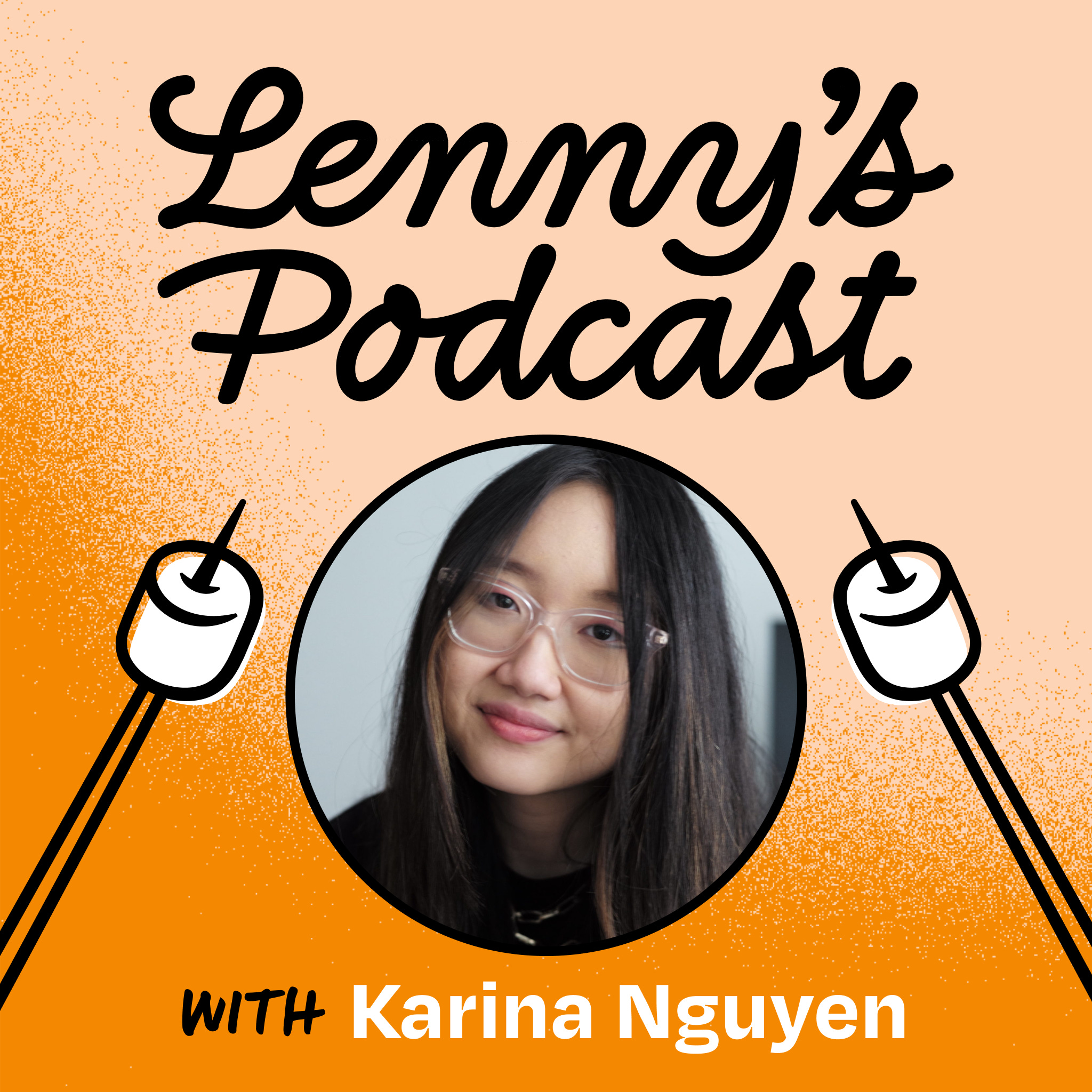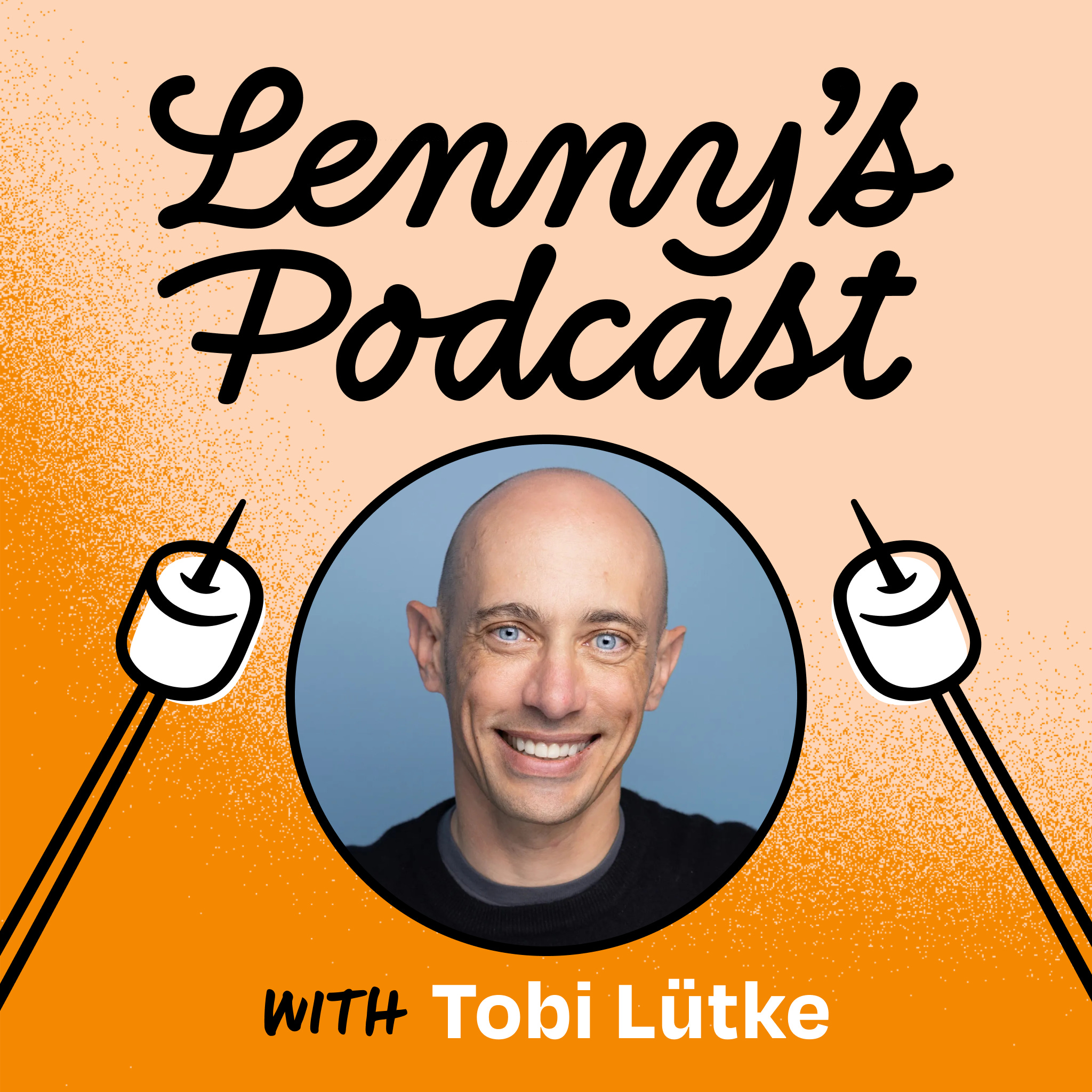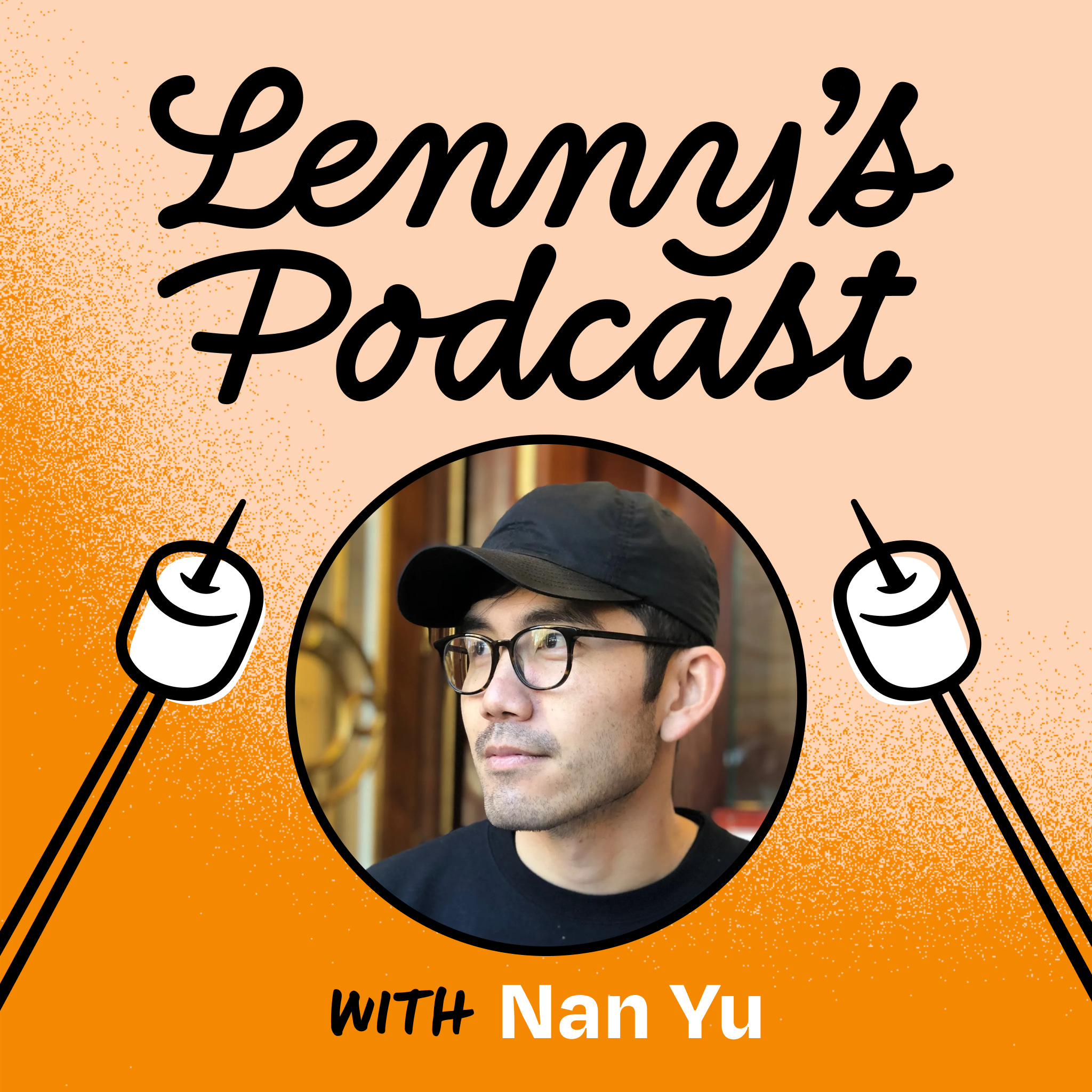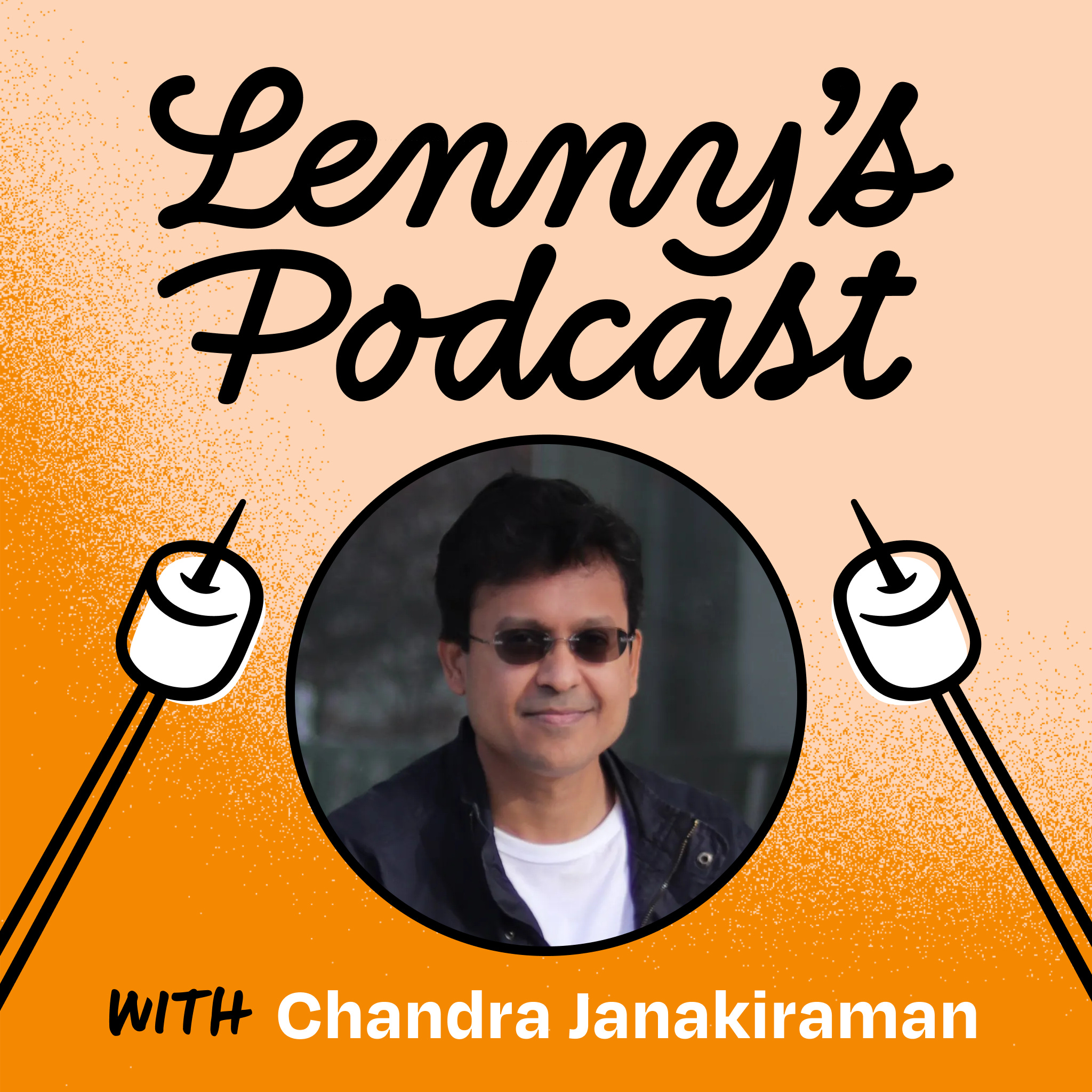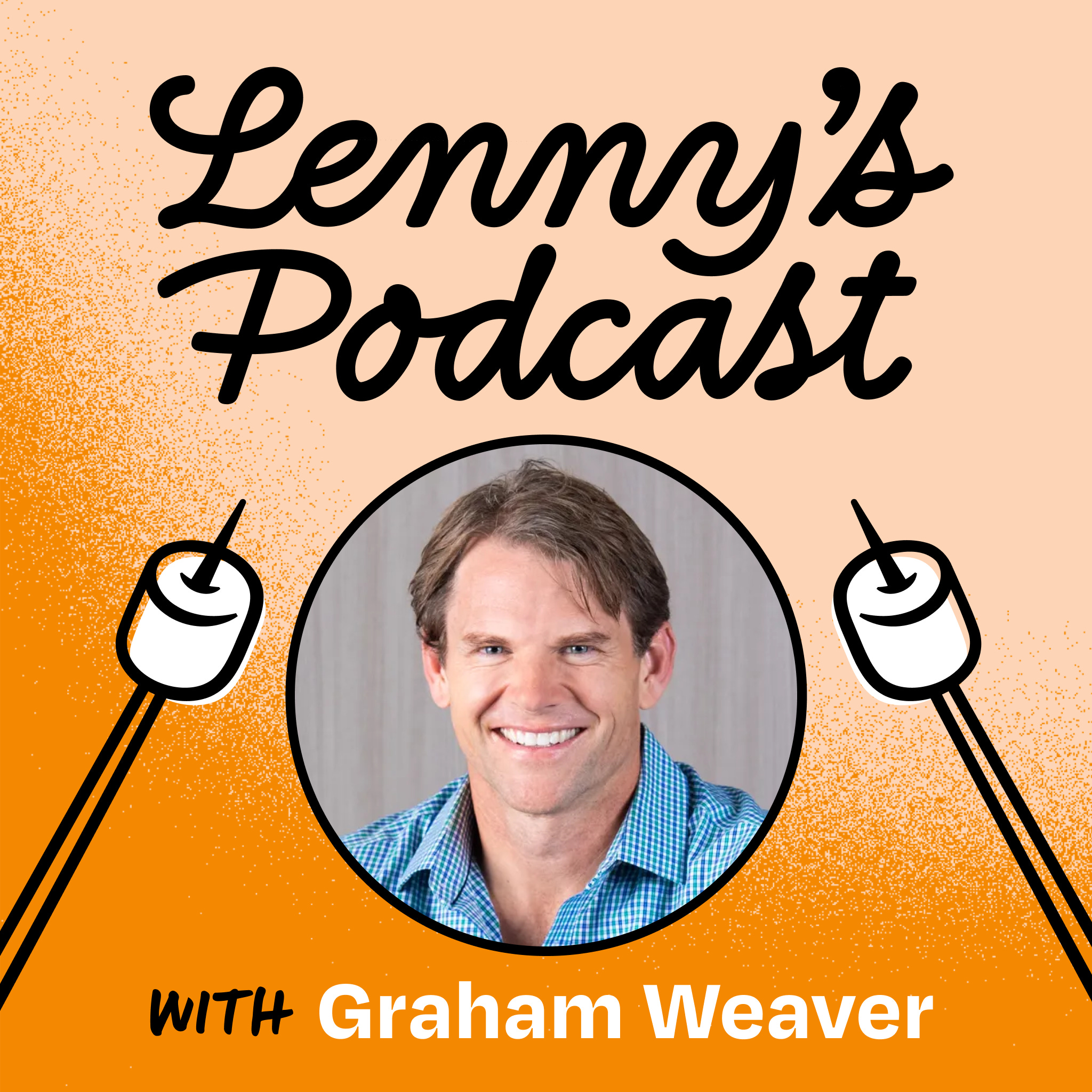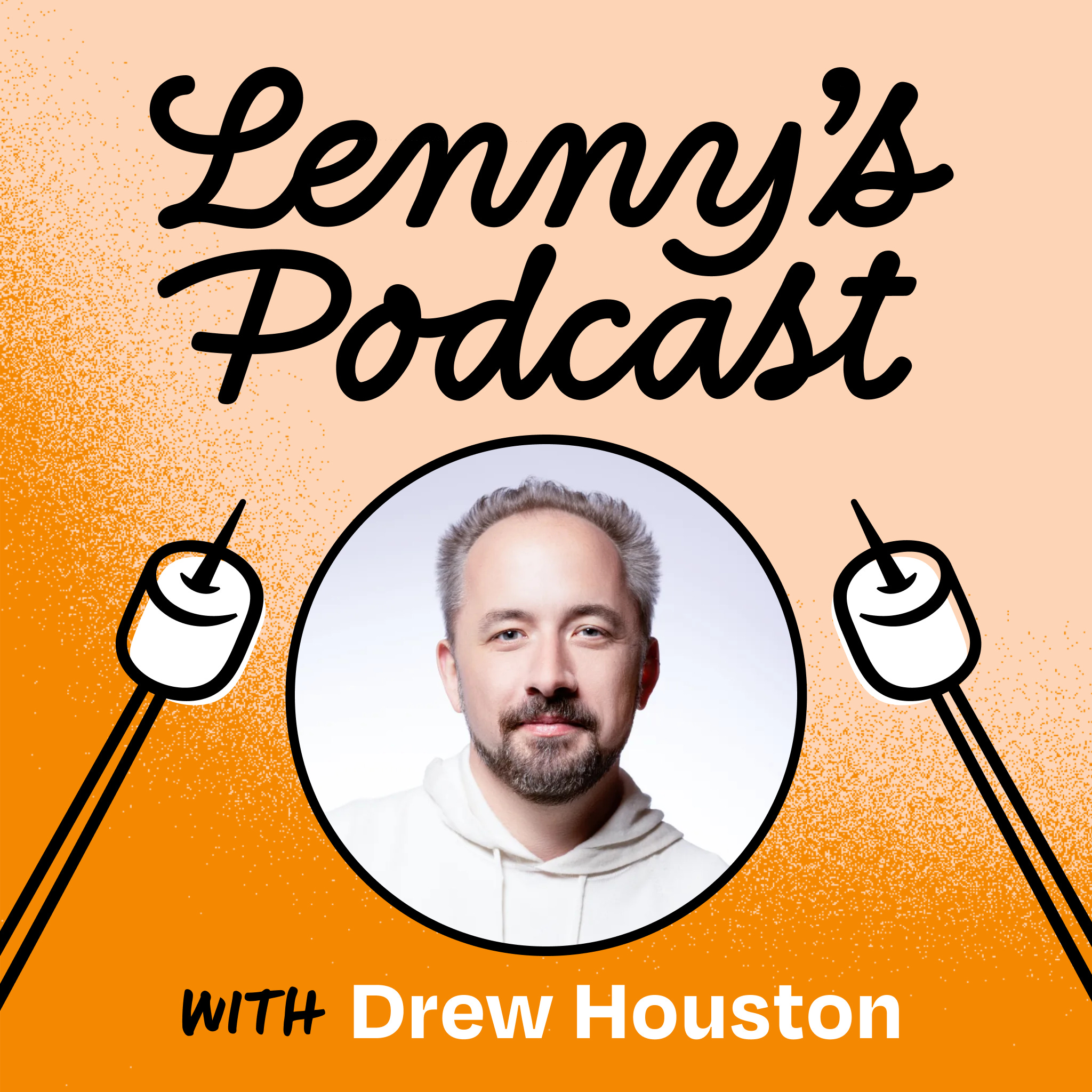
January 2, 2025 • 56min
Inside Gong: How teams work with design partners, their pod structure, autonomy, trust, and more | Eilon Reshef (co-founder and CPO)
Lenny's Podcast: Product | Growth | Career
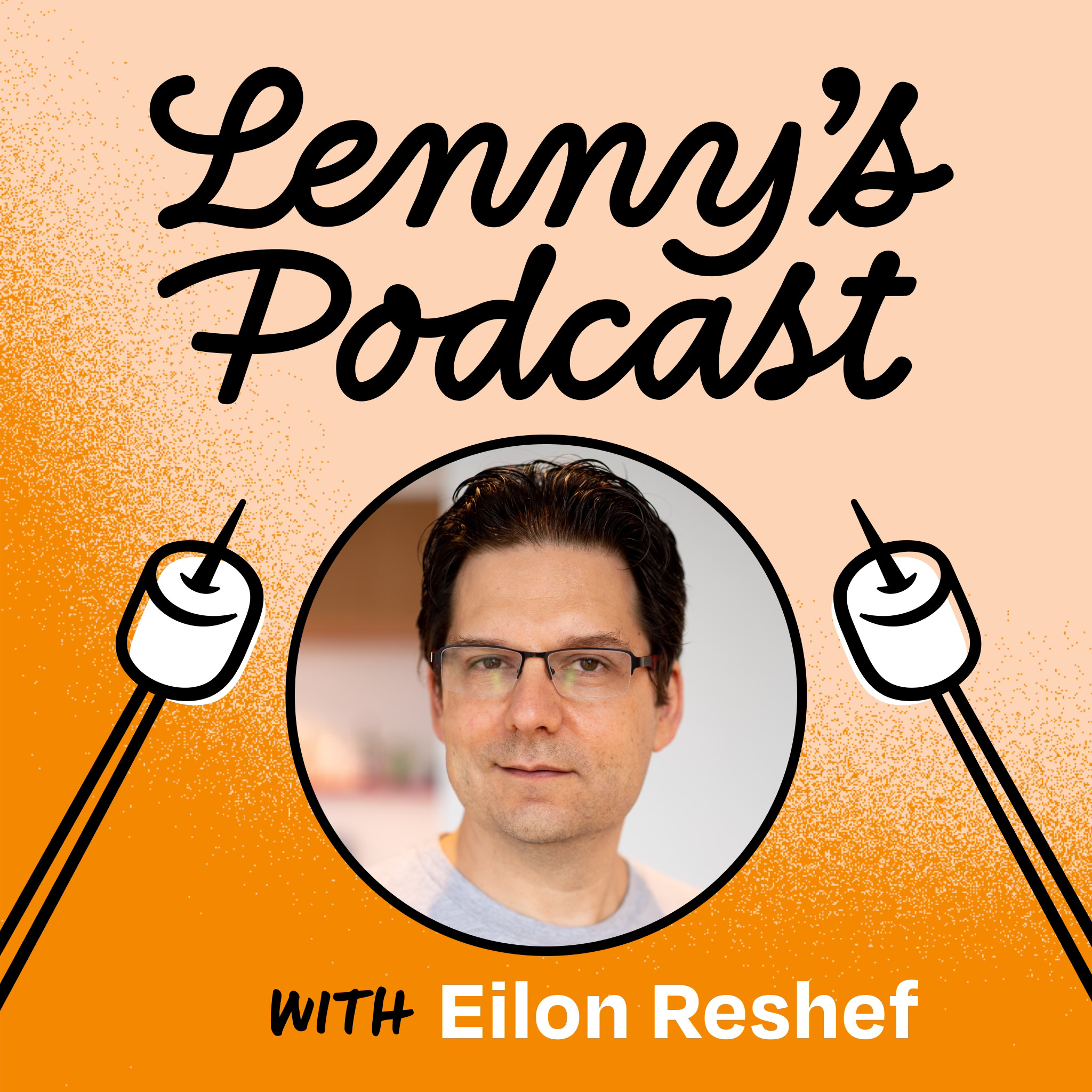
Key Takeaways
- Pod Model Structure: Each pod consists of a product manager, UX designer, fractional writer/analyst, team leader, and 5-7 engineers working autonomously on specific product areas
- Design Partner Approach: Every pod works closely with 6-24 design partners (customers) to validate and iterate on new features before full release
- Decision Making Philosophy: Focus on making quick decisions, even for major "one-way door" decisions, rather than over-analyzing
- AI Implementation: Balance between leveraging LLMs and maintaining core AI/ML expertise internally for optimal results
- Initial Focus: Started with an extremely narrow ICP (US companies using WebEx for $1k-$100k software sales) to establish strong product-market fit before expanding
Introduction
Eilon Reshef is co-founder and Chief Product Officer at Gong, a widely adopted B2B product used by sales teams. The conversation explores Gong's unique approach to product development, organizational structure, and decision-making processes that have contributed to their success.
Topics Discussed
The Pod Model Structure (00:00)
Gong organizes their product teams into autonomous pods that own specific product areas or outcomes. Each pod includes:
- Core team members: Product manager, UX designer, 5-7 engineers
- Supporting roles: Fractional writer, analyst, team leader
- Virtual team members: Product marketing, customer success, sales
Working with Design Partners (06:33)
Every pod works closely with multiple design partners to validate and iterate on new features:
- Scale: 6-24 design partners per pod depending on feature scope
- Engagement: Regular meetings to show progress and gather feedback
- Success rate: ~95% feature adoption rate due to close customer collaboration
- Coordination: Dedicated research coordinator manages design partner relationships
Design Partner Selection and Management (09:13)
The process for finding and working with design partners includes:
- Selection: Usually existing customers who expressed interest in specific capabilities
- Coordination: Dedicated research coordinator manages scheduling and relationships
- Communication: Light coordination with customer success to avoid conflicts
- Feedback integration: Balance between customer requests and product vision
Autonomy and Trust (17:05)
Gong emphasizes giving teams significant autonomy:
- Decision-making: Teams empowered to make decisions without constant oversight
- Responsibility: Teams expected to solicit feedback and drive their process
- Trade-offs: Leadership accepts less visibility in exchange for higher velocity
- Culture: Trust that teams will make good decisions with customer input
Speed and Decision Making (27:15)
Eilon advocates for quick decision-making:
- Philosophy: Many decisions are "51-49" choices where either option is acceptable
- Approach: Make decisions quickly rather than seeking perfect information
- Experience: Leverage domain expertise to make faster decisions
- Impact: Most decisions don't dramatically change company trajectory
AI Implementation and Lessons (31:47)
Key learnings from being early in AI adoption:
- Balance: Don't rely solely on LLMs - maintain core AI expertise
- Measurement: Establish metrics to track AI model improvements
- Expertise: Need internal knowledge to guide AI implementation
- Integration: Combine custom models with LLMs for optimal results
Building Effective AI Teams (35:50)
Essential roles and skills for AI implementation:
- Data Scientists: Guide approach and measure effectiveness
- Prompt Engineers: Optimize LLM interactions
- AI Specialists: Embedded in product pods
- Advisory roles: External expertise when needed
The Spiral Method for Learning (38:16)
Eilon's approach to learning complex topics quickly:
- Start basic: Begin with simple conversations about the topic
- Expand network: Ask each person for additional contacts
- Iterate: Continue conversations until new insights diminish
- Measure progress: Track understanding from 0% to desired level
Initial Customer Focus (41:36)
Gong's highly specific initial target market:
- Geographic: US-based companies
- Technical: Using WebEx for video conferencing
- Deal size: $1,000-$100,000 software sales
- Language: English-only communication
Conclusion
Gong's success can be attributed to their unique approach to product development, combining autonomous pods, close customer collaboration through design partners, and quick decision-making. Their early adoption of AI and careful balance between leveraging new technologies while maintaining core expertise has positioned them well for continued growth. The company's initial focus on a narrow market segment before expanding has proven to be a successful strategy for achieving product-market fit and scaling effectively.
